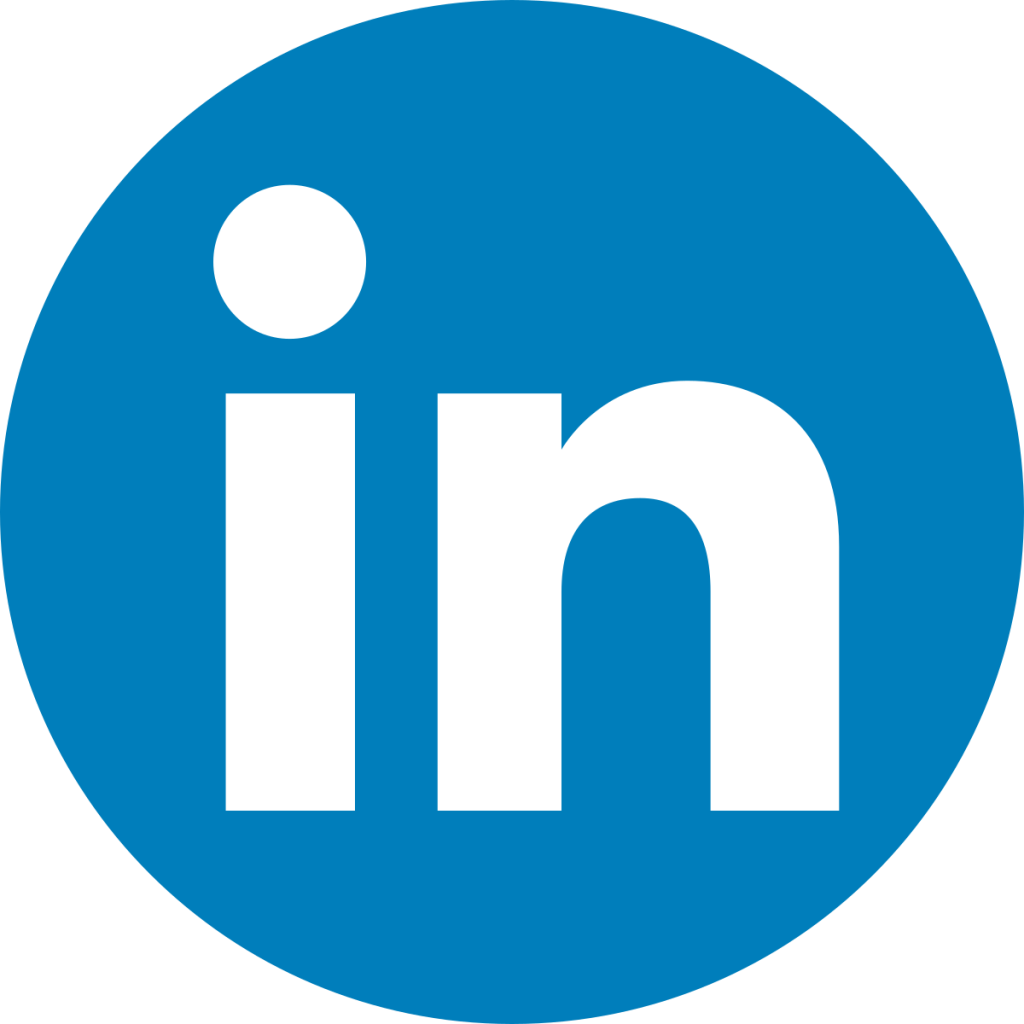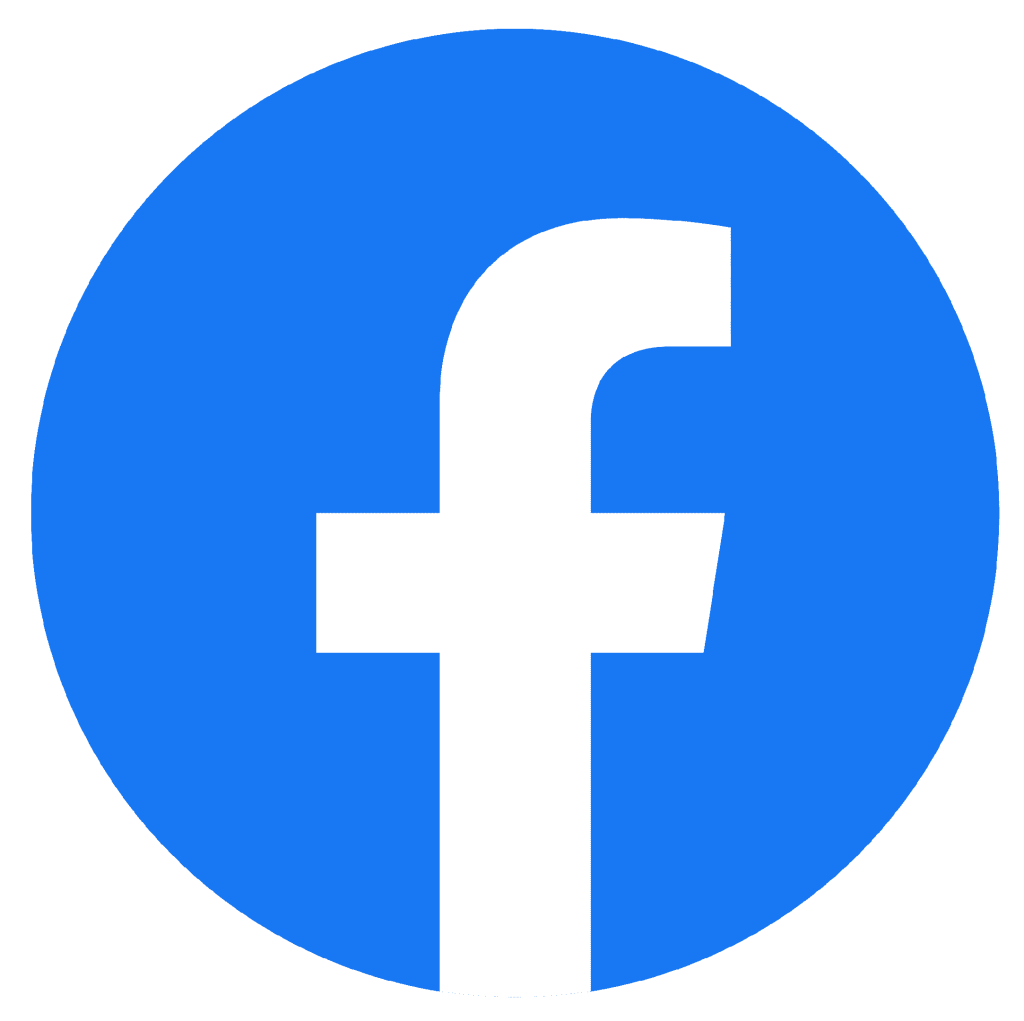It can be frustrating to eat healthy during the weekends and evenings only to slip up during the workweek amidst the stress of a hectic schedule. Many individuals who try to establish a healthier diet can see their efforts slide off the rails due to what they consume during their workdays. However, just a little planning and a side of discipline can lead to healthier eating habits overall.
As an employer, part of your obligation to your employees is to set a good example ― and this extends to your health and wellness habits, including the way you eat. Here are a few tips that you can implement into your own diet and then pass along to your workforce to help them begin eating healthier 24/7.
Breakfast Really IS the Most Important Meal of the Day
It’s true. Fast food breakfast can be one of life’s simple pleasures. It’s quick, easy, and cheap, but it’s also loaded with calories, cholesterol, and sodium. The occasional trip through the drive-through isn’t going to make or break your diet, but keep it to a minimum by opting for something more natural instead. Fruits such as bananas, oranges, and grapefruits are the simplest options, and they’re even cheaper than those greasy egg sandwiches and breakfast burritos. Not only are fruits loaded with vitamins and other nutrients, but morning is actually the best time to eat them, as your stomach is likely empty, which allows your digestive system to better absorb those nutrients, fibers, and simple sugars. Furthermore, the National Sleep Foundation says that the smell alone of citrus fruits can help wake you up and make you more alert.
Limit Your Coffee Intake
As a workforce, Americans are pretty reliant on caffeine: about 83% of adults in the United States regularly drink coffee. Most of us arrive at work, punch in, and make a beeline to the coffee station. And when that little morning jolt wears off, we keep heading back, especially during breaks and immediately following lunch. While many of us feel that we can’t function without several cups each day, the truth is that caffeine is highly addictive and there are other energy sources that are far healthier. For instance, yerba mate tea has caffeine, but it is also packed full of nutrients and doesn’t cause the same caffeine crash as coffee. We’re not asking you to abandon that treasured morning cup, but it might be wise to substitute subsequent trips to the coffee pot for tea, kombucha, or a good ol’ glass of H20.
Pre-Pack Your Lunches
Constantly eating out at work or pigging out at the cafeteria during your lunch break can be a real drag on your dietary goals. Which leads us to, ah yes, the prepackaged lunch: a vestige of our lost youth and the scourge of flavor-seeking nine-to-fivers everywhere. Don’t despair! Unlike 4th grade, that sad little brown bag doesn’t have to consist of bologna sandwiches, juice boxes, and bland chips. You’re an adult now, and you call the shots! Try an “Arnold Palmer” sandwich: half tuna and half egg salad ― easy, delicious, and full of protein. For a side, cook a full dinner of pasta salad with broccoli and peanuts and bring your leftovers in a microwave-safe container. Lastly, finish things off with a little dessert! How about fresh blackberries dipped in Greek yogurt? Packing your lunch ahead of time eliminates the desire to eat junk out of desperation, and those five short minutes of prep work could have long-lasting positive effects on your health and productivity!
Snacks Are Inevitable
Many workplace warriors who are on a diet try to cut out snacks in order to trim calories, but this can lead to heavier meals, which result in more lethargic behavior and, therefore, lost production at work. So don’t try to completely eliminate snacking. Instead, take a healthier approach. For instance, rather than making trips to the vending machine for that candy bar or bag of chips, stock the staff refrigerator and cupboards with healthy alternatives, such as fruits and vegetables, low-fat yogurt, almonds, pecans, raisins, and granola. Low-calorie energy bars and energy drinks aren’t going to be as healthy, but they are certainly a good alternative to traditional snacks. (And be sure to prominently label your snacks to avoid those undercover thieves who seem to loom in every office.
H2O Yeah!
Everyone knows that drinking water is healthy: Its natural hydrating properties make it an excellent headache remedy, and it also promotes weight loss and assists your body to flush out toxins and other waste. But water is especially helpful in a work setting because it increases energy, reduces fatigue, and prevents cramping. While it’s unclear when or where the suggestion of drinking eight 8-ounce glasses of water each day first began, healthy individuals should be drinking somewhere between 50 and 60 oz. of water daily. Water can also help prevent hunger pangs, and opting for carbonated water when you’re thirsty might even help decrease your soda cravings.
References
Fernau, K. (2013, April 9). Coffee grinds fuel for the nation. USA Today. Retrieved from http://www.usatoday.com/story/money/business/2013/04/09/coffee-mania/2069335/
Sniffing away grogginess has never been easier. (n.d.). National Sleep Foundation. Retrieved from https://sleep.org/articles/scents-to-wake-you-up/




